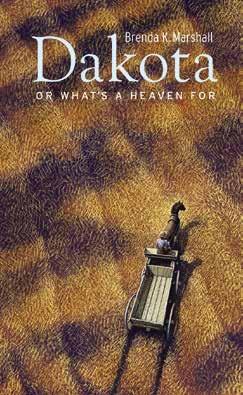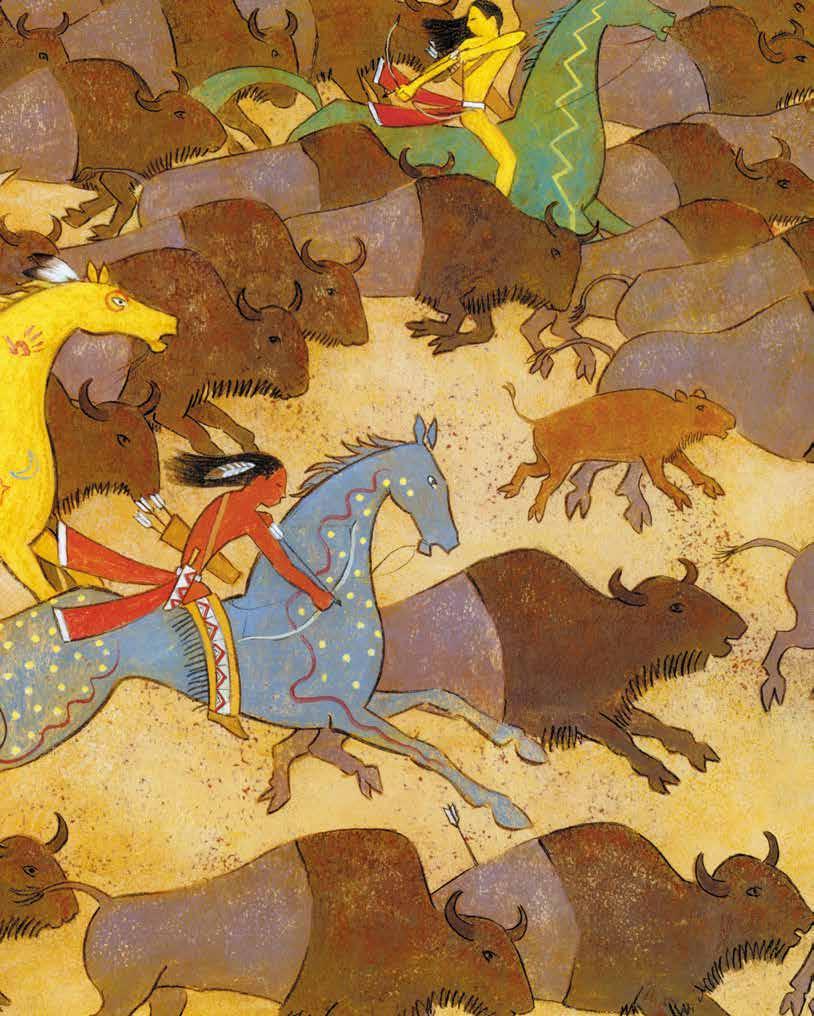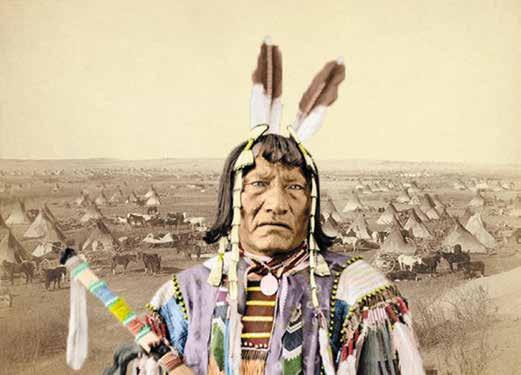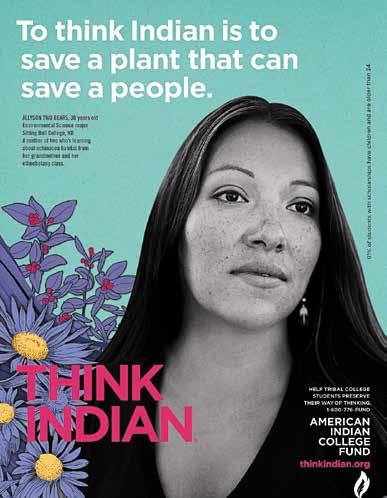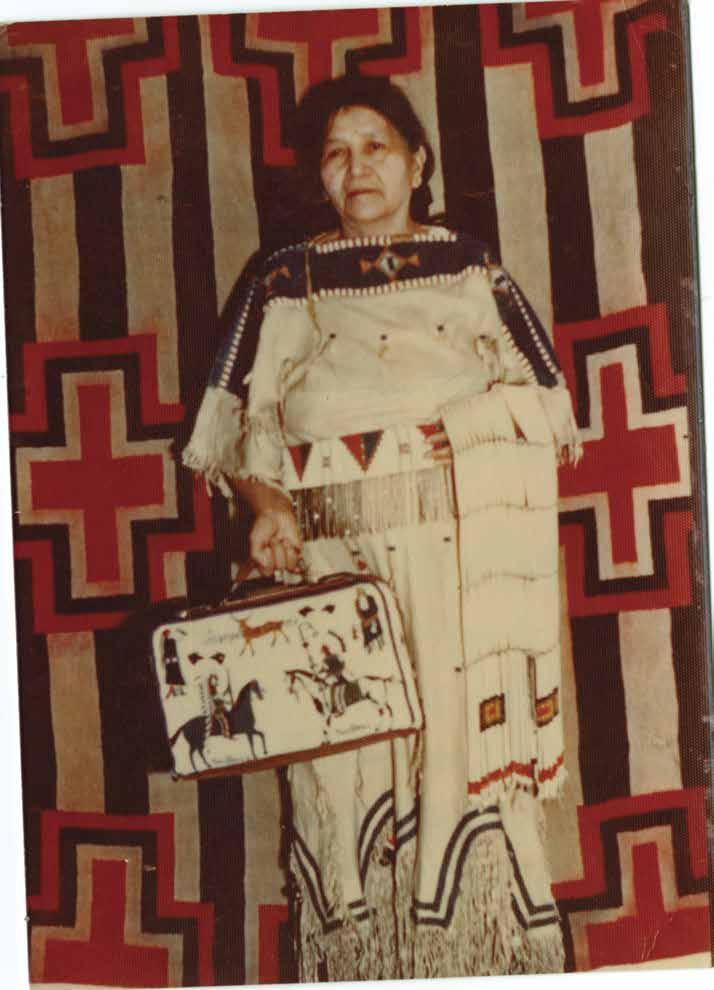[think indian] It is fall 2009. We have a brand new high school and it is busy creating crisp new traditions: spirit weeks, fall and winter dances, a mascot (a frightfully bland eagle), team colors (blue and white, naturally) and a whole range of quasi-academic traditions such as the yearbook and the annual musical theater production. The school has been crafted in the moment of multiculturalism and diversity in American education. It has an African American principal, a diverse workforce, and a student body that is both “hyphenated-American” and international in scope. The school is very sensitive to cultural difference—or so it seems. For the annual musical, the theater director chooses the 1946 Irving Berlin musical, Annie Get Your Gun. It takes as its setting Buffalo Bill’s Wild West show, and it concerns a romance between the trick sharpshooters Annie Oakley and Frank Butler. During the 1885-86 season, the Lakota Sioux leader Sitting Bull traveled with the Wild West and he came to know and apparently like Annie Oakley—which is how he comes to be one of the characters in the musical. No one at the school gives this a second thought.
How Do We (Not) Think About American Indians in American History?:
A Tale of Two Schools By Philip J. Deloria
Philip J. Deloria is the Carroll Smith-Rosenberg Collegiate Professor of History and American Studies and Associate Dean for Undergraduate Education in the College of Literature, Science, and the Arts at the University of Michigan. He is the author of Playing Indian (1998) and Indians in Unexpected Places (2004), as well as numerous articles and essays. A former president of the American Studies Association, he is currently a trustee of the National Museum of the American Indian.
30

